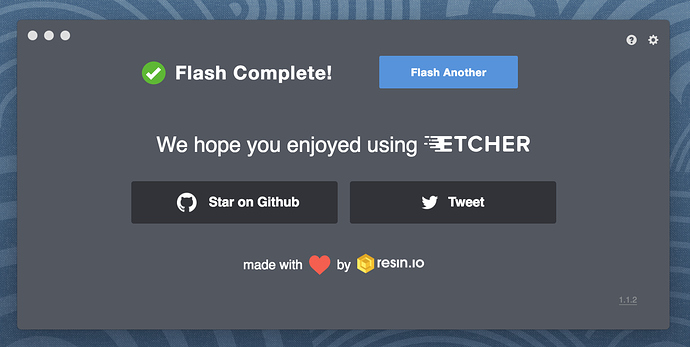Macos Boot From Usb
Depending on which version of MacOS you’re creating a USB stick for, the path varies. In this example, we’re using the path to make a bootable USB image of El Capitan, just in case things go awry with the current installation of Sierra. It’s going to take a while to copy the MacOS to your USB stick, so patience is a virtue during this step. The simplest way to create a boot USB drive is to download DiskMaker X and use it to create your drive. Generally, the latest version supports only the latest version of macOS; if you want to install something older than macOS High Sierra, check the list of older versions and download one that’s compatible with your chosen operating system.
With a bootable Ubuntu USB stick, you can:


- Install or upgrade Ubuntu, even on a Mac
- Test out the Ubuntu desktop experience without touching your PC configuration
- Boot into Ubuntu on a borrowed machine or from an internet cafe
- Use tools installed by default on the USB stick to repair or fix a broken configuration
Creating a bootable USB stick is very simple, especially if you’re going to use the USB stick with a generic Windows or Linux PC. We’re going to cover the process in the next few steps.
Apple hardware considerations

Macos Boot From Usb Windows Keyboard
There are a few additional considerations when booting the USB stick on Apple hardware. This is because Apple’s ‘Startup Manager’, summoned by holding the Option/alt (⌥) key when booting, won’t detect the USB stick without a specific partition table and layout. We’ll cover this in a later step.
